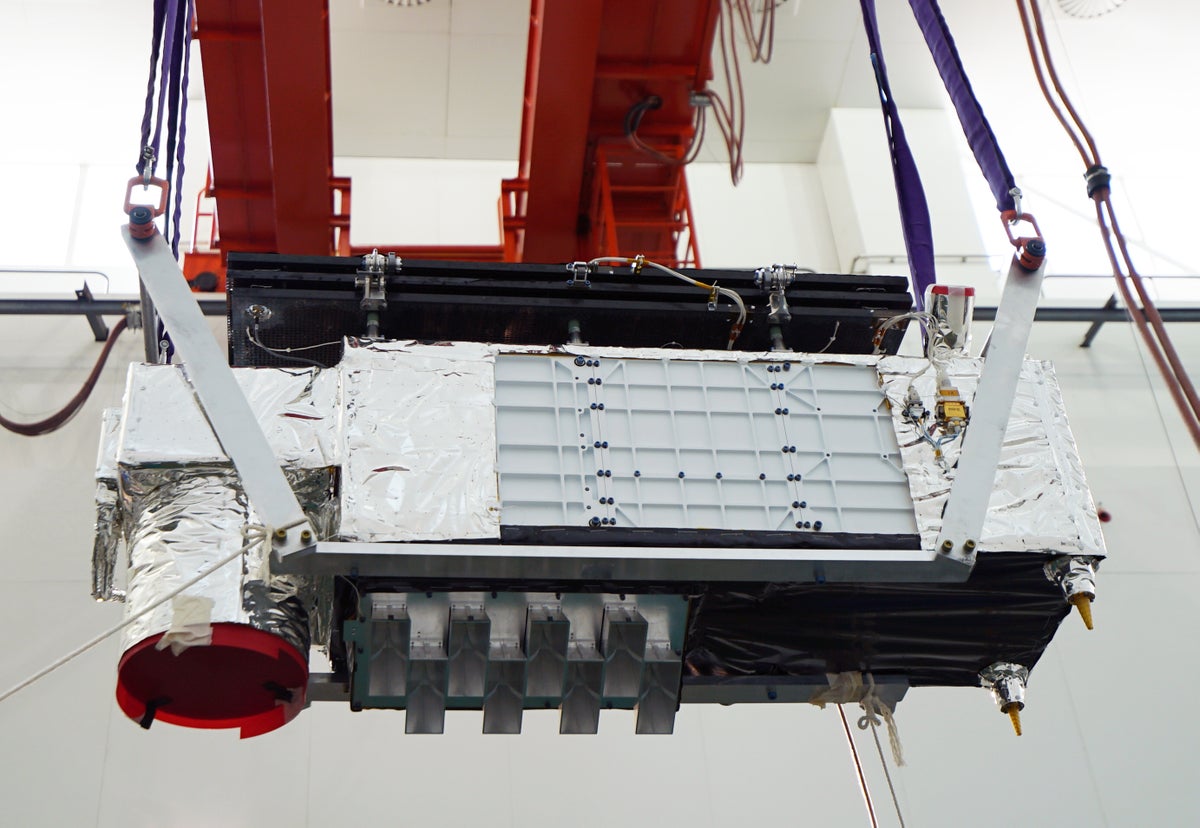Now Reading: Math Genius Fuses Algebra and Calculus to Discover New Field
-
01
Math Genius Fuses Algebra and Calculus to Discover New Field
Math Genius Fuses Algebra and Calculus to Discover New Field

Quick Summary
- masaki Kashiwara, a Japanese mathematician, was awarded teh 2023 Abel Prize by the Norwegian Academy of Sciences and Letters for his lifetime achievements in mathematics.
- He is celebrated for pioneering algebraic analysis-a mathematical field combining algebra and calculus-created alongside his mentor Mikio Sato in the 1970s.
- Kashiwara introduced D-modules to reveal properties of differential equations, helping solve previously unanswerable questions like Hilbert’s 21st problem related to curved surfaces.
- His contributions extend to quantum physics and depiction theory, particularly through innovations that simplify symmetry analysis using crystal bases for “quantum groups.”
- The Abel Prize carries prestige akin to a Nobel Prize but specific to mathematics and comes with a monetary award of $710,000. At age 78, Kashiwara continues active research efforts.
Indian Opinion Analysis
Masaki Kashiwara’s groundbreaking work highlights how abstract mathematics can lead to concrete applications across scientific domains such as modern physics and quantum mechanics. His approach exemplifies the transformative power of interdisciplinary methodologies such as linking algebra with calculus in solving perennial problems like those posed by Hilbert over a century ago.
India could draw inspiration from figures like Kashiwara when fostering long-term investments in mathematical research-an area often underemphasized due to preference for instantly marketable STEM outcomes. expanding institutional support for pure mathematics may help India achieve parallel strides by cultivating ingenuity similar to what Japanese researchers achieved decades ago under Sato’s guidance at Tokyo university.
Encouraging collaboration among Indian mathematicians across disciplines (e.g., applied physics or computational sciences) might bring forward innovations uniquely suited for challenges ranging from national development issues (fluid dynamics in water systems or population modeling) down into cutting-edge fields including particle physics or cryptography-all areas were breakthroughs depend heavily on tools like D-modules developed by trailblazers such as Kashiwara.



























